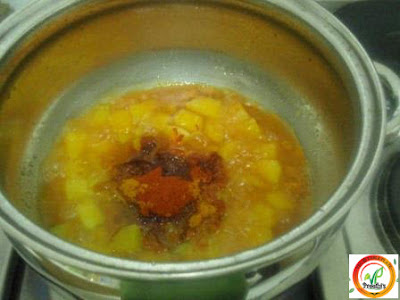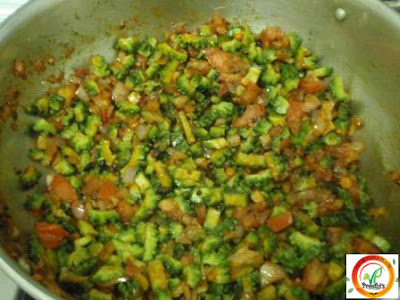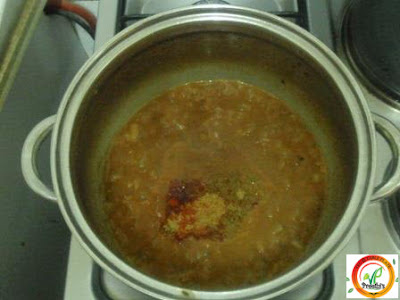Fresh juices are the most direct way of getting all the nutrients and vitamins into our body without any compromise. How many of us are regular on juices?? I think not much of a percentage. Juice(s) are energy and healthy drink. Also for working men/women and children, taking juice during mid-day at work/school, keeps them energized and fresh for a longer time.
Juice can be either a Fruit Juice, or a Vegetable Juice or a Mixed Juice (both fruits and vegetables). Preparing mixed juice gives the benefits of both fruits and vegetables to your body. So try to accommodate this more into your routine.
Health Benefits of Drinking Fresh Juices:
1. Juicing is a tremendous aid in detoxifying and cleansing your body.
2. Your body absorbs more than 80% of the nutrients when you juice fruits/vegetables fresh and consume them.
3. Juicing is easiest way to accommodate more quantity of vegetables/fruits in your diet
4. Juices reduce the amount of work your digestive organs have to do and have been shown to increase the health of the liver and kidney etc.
5. Helps in weight loss.
6. Energizer and keeps you attentive for longer period.
7. Above all, it is very easy to prepare a quick juice than cutting various vegetables/fruits for your diet.
To reap the best benefits of the fresh juice, drink it immediately after its preparation while it is fresh, otherwise refrigerate it and consume within an hour or two. The earlier it is consumed, the more nutritive it is.
Ingredients:
Tomato - 1/2
Carrot - 1/2
Cucumber - 1/2
Grapes - 1/2
Plums - 1/2
Guava - 1/2
Orange - 1/2
Apple - 1/2
Coriander leaves - few leaves
Ginger - 1 tsp
Salt - 1 tsp
Pepper Powder - 1/4 tsp
Lime Juice from 1/2 lime squeezed
Pepper Powder - 1/4 tsp
Lime Juice from 1/2 lime squeezed
Water- 2 Glass
Note: The choice of vegetable and fruits are up to you, mix any combination of fruit/vegetable of your choice.
Method:
























































